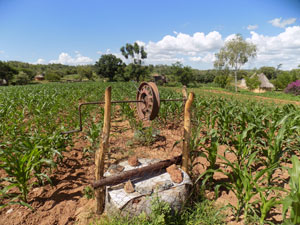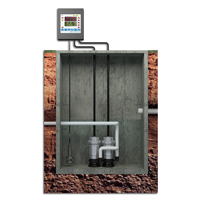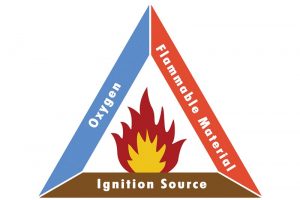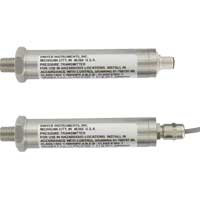 The monitoring of water levels in boreholes in a particular region is important for a water extraction company, as it allows the water extraction to be controlled across the area to keep the water table at a consistent level throughout. However, the widespread and remote nature of these boreholes means that the communication of these water levels can be difficult and costly. Continue reading “Remote Monitoring of Borehole Water Levels”
The monitoring of water levels in boreholes in a particular region is important for a water extraction company, as it allows the water extraction to be controlled across the area to keep the water table at a consistent level throughout. However, the widespread and remote nature of these boreholes means that the communication of these water levels can be difficult and costly. Continue reading “Remote Monitoring of Borehole Water Levels”
Lift Station Level Sensing
Are you having problems with your current lift station level controls? Dwyer Instruments may just have the cost effective solution you need. In this article we will review several level sensing strategies, the advantages and disadvantages of each, as well as an option you may want to consider for your next project.
Lift Station Basics
 In an ideal gravity fed wastewater collection system, sewage would flow downhill from its point of origin in residential or commercial areas to its final treatment plant destination. Due to a number of factors including total distance, topography, geology, economics, etc., the ideal piping design is not always feasible. Therefore, in most cases, sewage flows downhill to a lift station where it collects and then is pumped to a higher elevation in order to begin its downhill journey again. Continue reading “Lift Station Level Sensing”
In an ideal gravity fed wastewater collection system, sewage would flow downhill from its point of origin in residential or commercial areas to its final treatment plant destination. Due to a number of factors including total distance, topography, geology, economics, etc., the ideal piping design is not always feasible. Therefore, in most cases, sewage flows downhill to a lift station where it collects and then is pumped to a higher elevation in order to begin its downhill journey again. Continue reading “Lift Station Level Sensing”
Intrinsically Safe Products for Hazardous Locations

When considering a product for a hazardous location, it is important that the product is appropriately rated for that environment. UL, one of the primary bodies that certifies products for use in hazardous environments, defines a hazardous location as a “location where explosion or fire hazards exist due to the presence of flammable gases, flammable or combustible liquid-produced vapors, combustible dusts, or ignitable fibers or flyings.”[1] Figure 1 shows the conditions that are required to create fire and are often present in hazardous environments: oxygen, an ignition source, and flammable material. Continue reading “Intrinsically Safe Products for Hazardous Locations”

